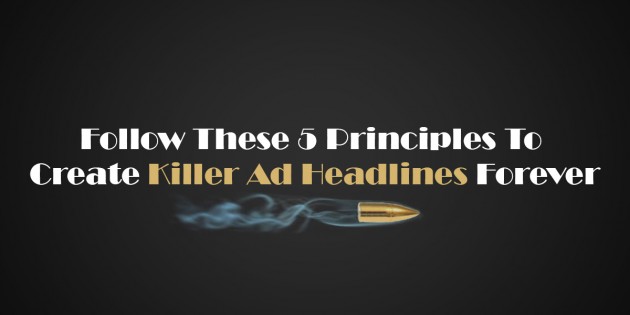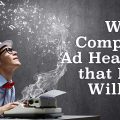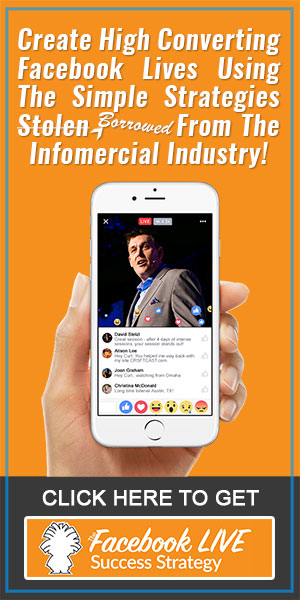Whether it’s social media updates, website pop-ups or search engine adverts, there’s always some form of content fighting for our attention every second of every day.
Ads with engaging headlines are usually what grabs our attention, as research shows that a great headline can increase traffic by 500%, while Copyblogger revealed that 80% of people read online headlines, yet only 20% of will click and keep on reading.
Here’s the secret sauce to creating killer headlines: you don’t need to be a fantastic story teller or have a degree in English Literature to do so, you only need to understand how humans think.
Words can trigger certain impulses in our minds and in this article, I will show you how to leverage the right words to get more clicks.
- The scarcity principle
The scarcity principle is a common method used by salespeople to limit the amount of supply to increase demand. Humans want things which are hard to obtain and worry that they will miss a great deal. Emphasising the scarcity principle in your headline will increase clicks.
Williams Sonoma use the scarcity principle in their banner ads:
Ends Today is used to create a sense of urgency while the subheading Hurry – quantities are limited uses the scarcity principle to urge prospects to take action before it’s too late.
The scarcity principle is best used with time-based offers.
- Provide immediate gratification (avoid clickbait)
There is so much misleading content online that most people think twice before clicking a link. Clickbait is the term used when advertisers trick a prospect into clicking an advert using a misleading headline.
Here’s a common example of a clickbait headline:
The headline raises curiosity but fails to put anything into context. The goal here is to get prospects to click to find out more (with the content usually being low quality). Facebook went on record to say that it will reduce the reach of clickbait style posts, and may even suspend pages for doing so.
Tricking users to click your ads ruins their user experience and is against the terms of service for most ad networks.
Here’s an AppSumo Facebook ad doing the exact opposite and providing immediate gratification:
Prospects know what they will receive (a cheat sheet to validate a business in just a few hours), and are more likely to engage and click as they know where they will be redirected.
If prospects are unsure on where the click will lead, most won’t click.
- Provide a benefit or solve a need
A good headline will solve a need your ideal prospect is facing. For example, you most likely clicked on this article because I clearly stated the benefit you will get from reading this article.
SEMrush do the same thing with their Google banner ad headline:
Their advert targets online businesses and clearly states the benefit of clicking their advert (increasing PPC ROI).
- Quantify what they will learn or gain
Have you noticed the increased amount of headlines that start with a number?
There’s two reasons for this; first prospects are more likely to click your ad if they know what they will gain from it (7 tips to…, 8 ways to ….). The second benefit is that it allows them to scroll through your article quickly and read only the points they are most interested in.
Just type how to lose fat into Google and see the first page:
Every headline begins or has a number in the title. Using numbers is great when creating headline ads to promote blog posts or lead magnets. Not so much with time-sensitive offers or when selling products.
- Evoke an emotion
Nothing compels a prospect to click on an advert more than evoking some sort of emotion. The emotion can be anything from positivity, fear, curiosity (not clickbait), negativity, loss or gain.
Most Internet users are mindlessly using the Internet on autopilot and pass several adverts without even acknowledging them. A great headline is one that evokes emotion and temporarily brings prospects back to life from their online daydream:
Source: Punny
Of all emotions fear is arguably the most effective. The fear of missing out on a sale or losing a prospect to a rival is something business owners don’t even want to think about.
Fear is a great emotion to get the prospect to make a specific action (buying, opt-ing in). However, if you’re creating ads to build social awareness and increase engagement, evoking happiness through ad headlines makes people want to share content a lot more than fear.
Summary
When you follow these basic principles, creating an engaging ad headline is not that difficult. Before you put pen to paper or hand to keyboard, figure out the message you want to achieve with your next ad.
If your goal is to increase shares and comments, evoking position emotions and crafting headlines that encourage prospects to get involved (like asking a question) are going to convert better. When directing prospects to a landing page, providing instant gratification on what they will gain from clicking your advert (quantified in numbers) will increase conversions.
For your next paid advert, come up with two different headlines that use different combinations of the 5 principles above and see which methods best resonate with your audience.
Nick Bridges
Latest posts by Nick Bridges (see all)
- Facebook Releases 8 New Standard Events - November 14, 2018
- Facebook Pixel Changes 2018 - October 11, 2018
- Writing Compelling Ad Headlines that People Will Click - September 12, 2016













